When athletes switch from heart rate based training to training with power, one of the first things they often notice is how much more “stressful” workouts look with the addition of power data. So why is that? What does TSS give us that hrTSS doesn’t? Both TSS (Training Stress Score) and hrTSS (Heart Rate Training Stress Score) help to quantify the physiological cost of an individual effort or workout. However, there are key differences in the two metrics that need to be understood when analyzing workouts, prescribing efforts, and making decisions about one’s training. We’ll take a closer look at these two training metrics, and what they both entail below.
What is TSS?
Training Stress Score is a composite number that takes into account the duration and intensity of a workout to arrive at a single estimate of the overall training load and physiological stress created by that training session.1 Simply put, it’s a way of expressing the workload from a training session. By taking both intensity and duration into account, TSS allows for a better understanding of the “cost” of every individual effort and workout. TSS is calculated using the following formula.
TSS = (sec x NP x IF) / (FTP x 3600) x 100
Where “sec” is the duration of the workout in seconds, “NP” is Normalized Power, “IF” is Intensity Factor, “FTP” is Functional Threshold Power, and “3600” is the number of seconds in an hour. It’s worth defining and understanding this equation so you have an idea of why TSS is so accurate, and how the final score is derived. The components that comprise TSS are what make it so useful to athletes. Normalized Power provides a better measure of the true physiological demands of a training session. It considers both rapid changes in intensity, as well as critical responses in the body associated with those changes. Unlike average power, Normalized Power is the power your body “thinks” it employed based on the variability of the workout. Intensity Factor (IF) is the ratio of Normalized Power to threshold power (FTP). IF takes into account differences in fitness within or between individuals.2 It’s a great way to track fitness over time for a given effort, i.e. the same ride with a lower IF indicates increased fitness. Using TSS provides a well-rounded look into both the physiological expenditure of an effort, as well as what that effort means for the fitness and progression of an athlete.
What is hrTSS?
Heart Rate Training Stress Score (hrTSS) is based on time in heart rate training zones derived from an athlete’s lactate threshold heart rate. The calculation is made using an estimate of the amount of accumulated TSS in an hour given the level of exertion. It’s important to remember that FTP is by definition 100 TSS per hour. This makes intense, or hypervariable efforts hard to account for given the limitations of the body’s cardiovascular system to respond rapidly enough to changes in intensity. hrTSS is used as the default in TrainingPeaks when there is not enough data to calculate TSS, rTSS (Run Training Stress Score) or sTSS (Swim Training Stress Score). It can be accurate depending on the effort, but doesn’t do as good of a job at incorporating intensity and duration into the equation.
Why is TSS Better than hrTSS?
The primary goal of a metrics based approach to training is to understand what the body is undergoing from a physiological perspective, and how that ultimately impacts decisions regarding your training. Understanding the stress that training puts on the body’s systems, and whether or not the desired response is being produced is integral to the modern training process. Understanding what both TSS and hrTSS are allows for a deeper discussion of the two and their merits.
If you’ve not yet taken the jump into training with power, there is some value in hrTSS. The best way to use hrTSS is with steady state efforts such as long tempo and sub-threshold work. These types of efforts suit the hrTSS formula because there are no abrupt changes in intensity. It’s easier to estimate hrTSS when heart rate stays steady for longer periods of time. This metric begins to fall away when shorter and more intense efforts occur. The heart doesn’t respond rapidly enough to weight efforts above threshold properly. This makes the “cost” of the workout seem much lower than it really is. While hrTSS may be recording a more moderate range, you’ll feel much more tired given that you’ve stressed systems in the body that hrTSS couldn’t pick up on.
TSS is the best way to ensure you have a good understanding of how taxing a particular effort or workout was. By incorporating Normalized Power into the equation we get a much more accurate sense of the effort the body actually produced. Picking up on these fluctuations in effort also allows for a much more accurate TSS reading. This not only is helpful in understanding a single workout, but influences core metrics such as CTL, ATL, TSB and ramp rate. A more accurate Training Stress Score not only means you’ll have a better understanding of your workout, but you will likely also have a more productive approach to your planning, recovery, and execution.
The metrics that we have at our disposal help to inform our workouts, as well as help to execute them with a greater level of precision. Knowing how the metrics we rely on are calculated, and why it is we should trust one more than the other is important for any athlete. TSS provides the most accurate picture of how both individual sessions and specific efforts impact the body. While hrTSS can help to quantify steady state efforts, it does not do a good job of highlighting the often stochastic nature of exercise. Using TSS will lead to more accurate planning and a better understanding of each workout.
Dr. Coggan, Andrew (2016, February) Normalized Power, Intensity Factor and Training Stress Score. https://www.trainingpeaks.com/blog/normalized-power-intensity-factor-training-stress/
TrainingPeaks. Training Stress Scores (TSS) Explained. https://help.trainingpeaks.com/hc/en-us/articles/204071944-Training-Stress-Scores-TSS-Explained



